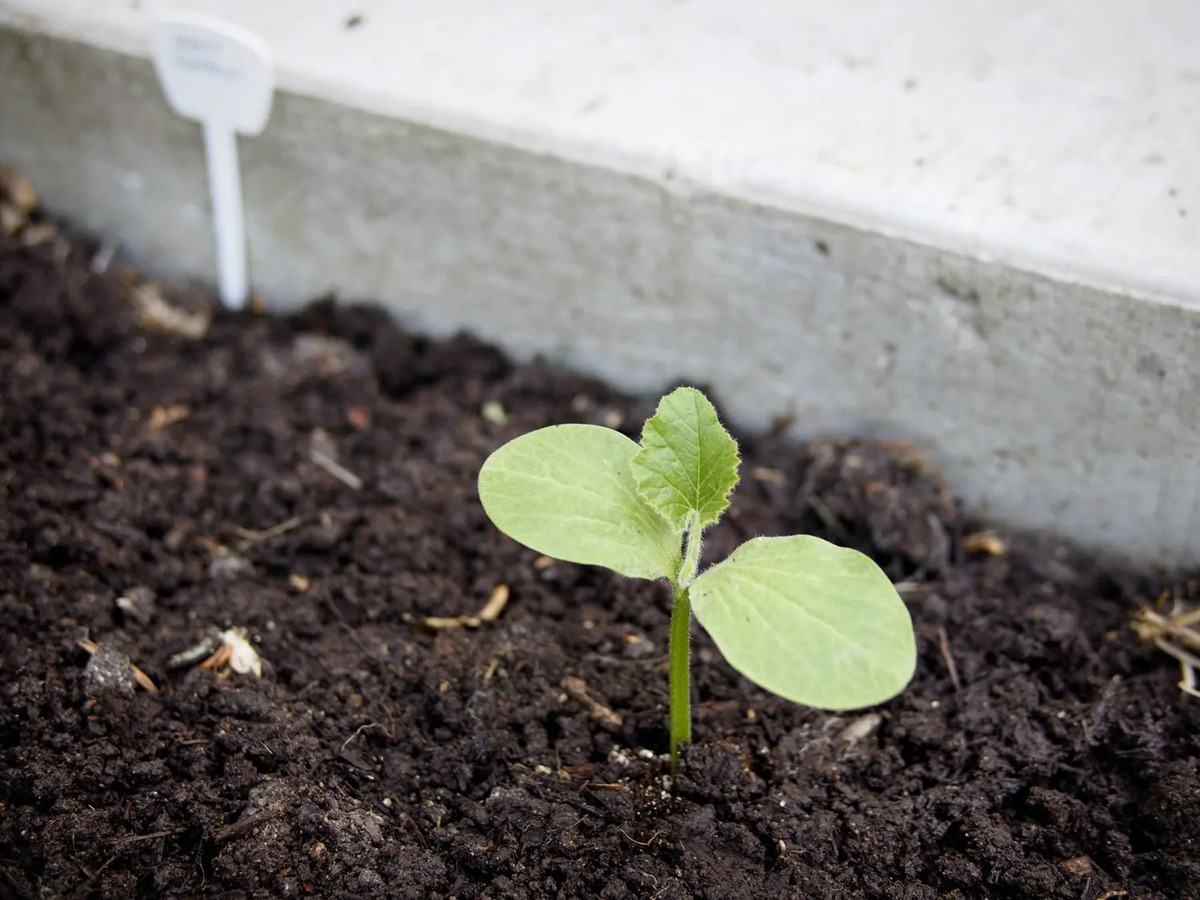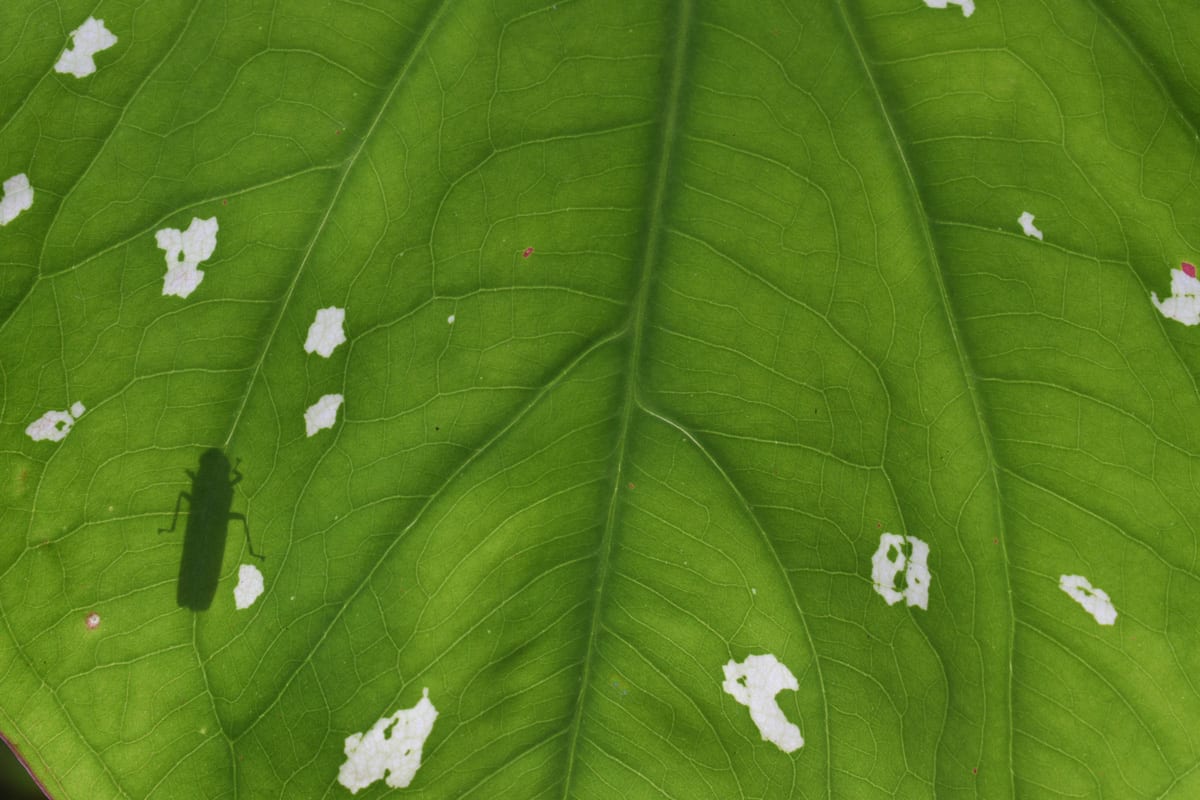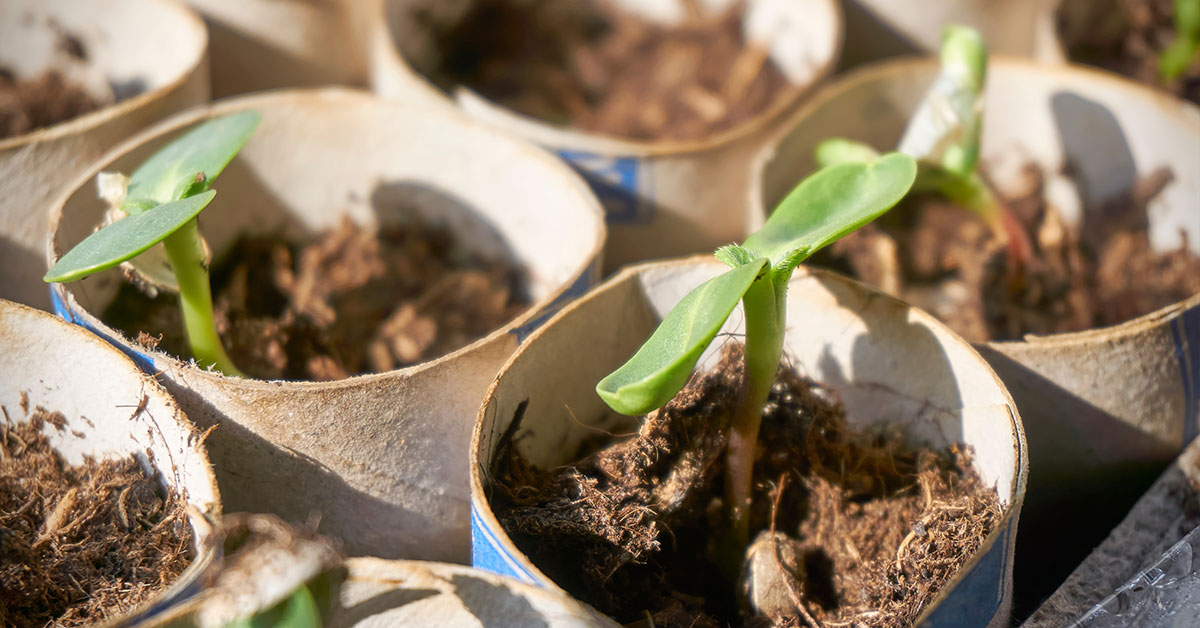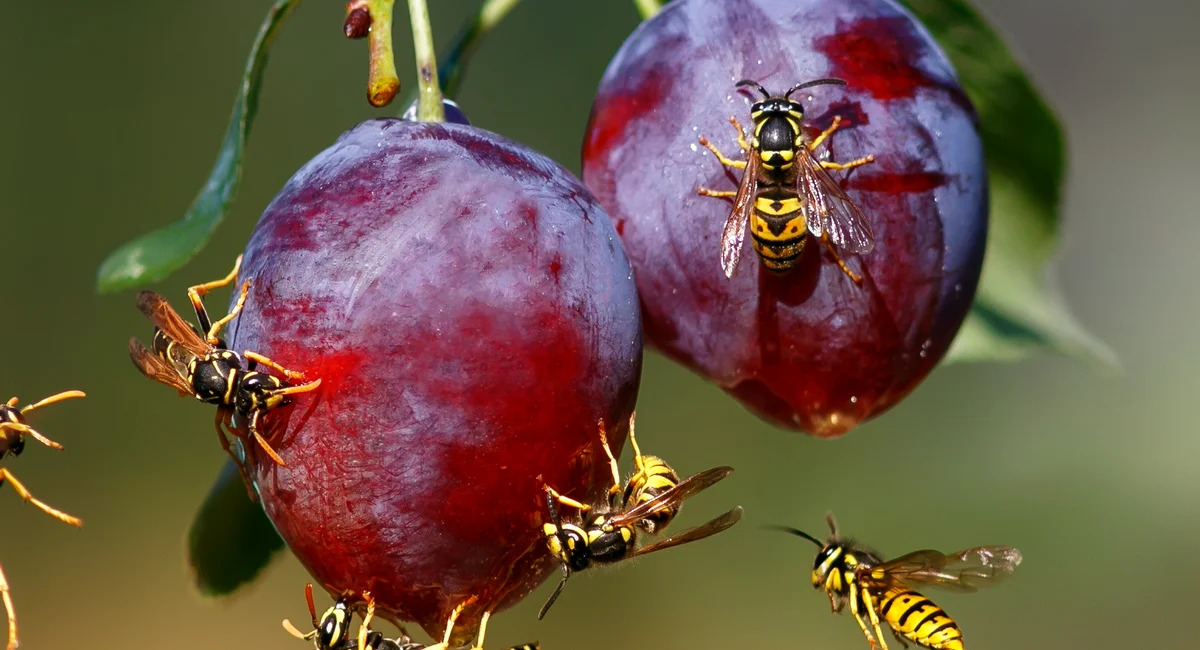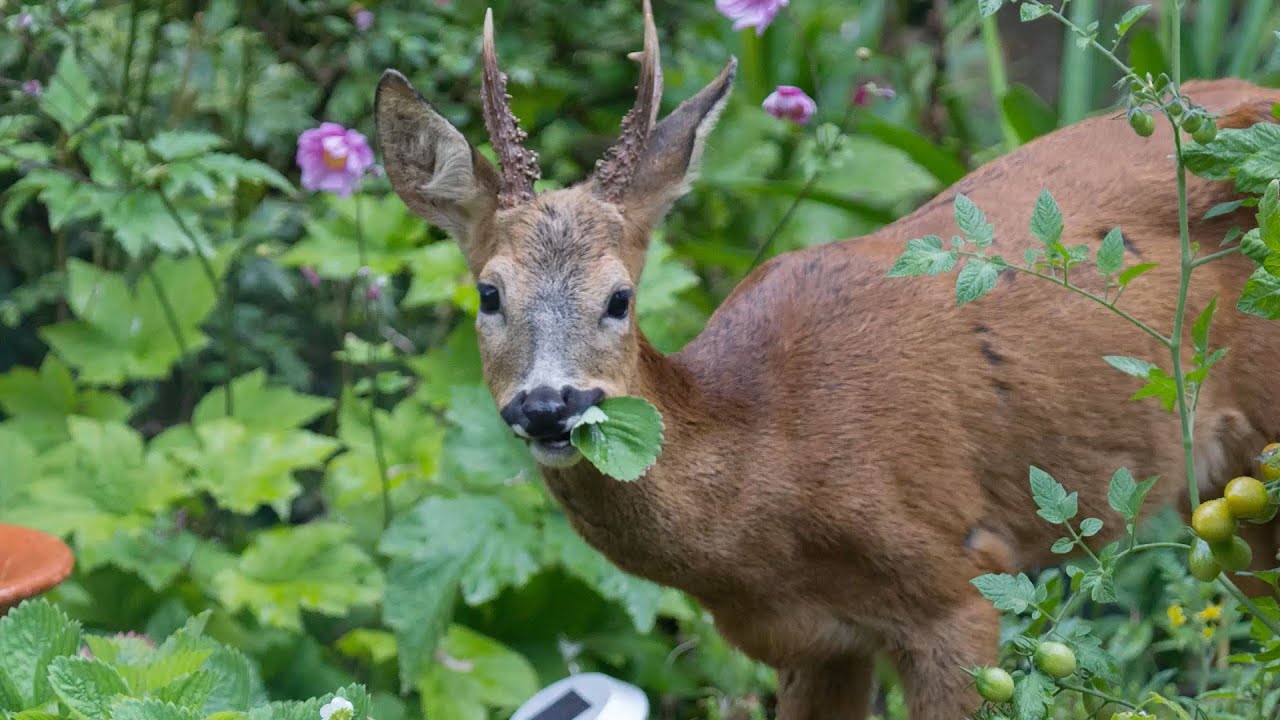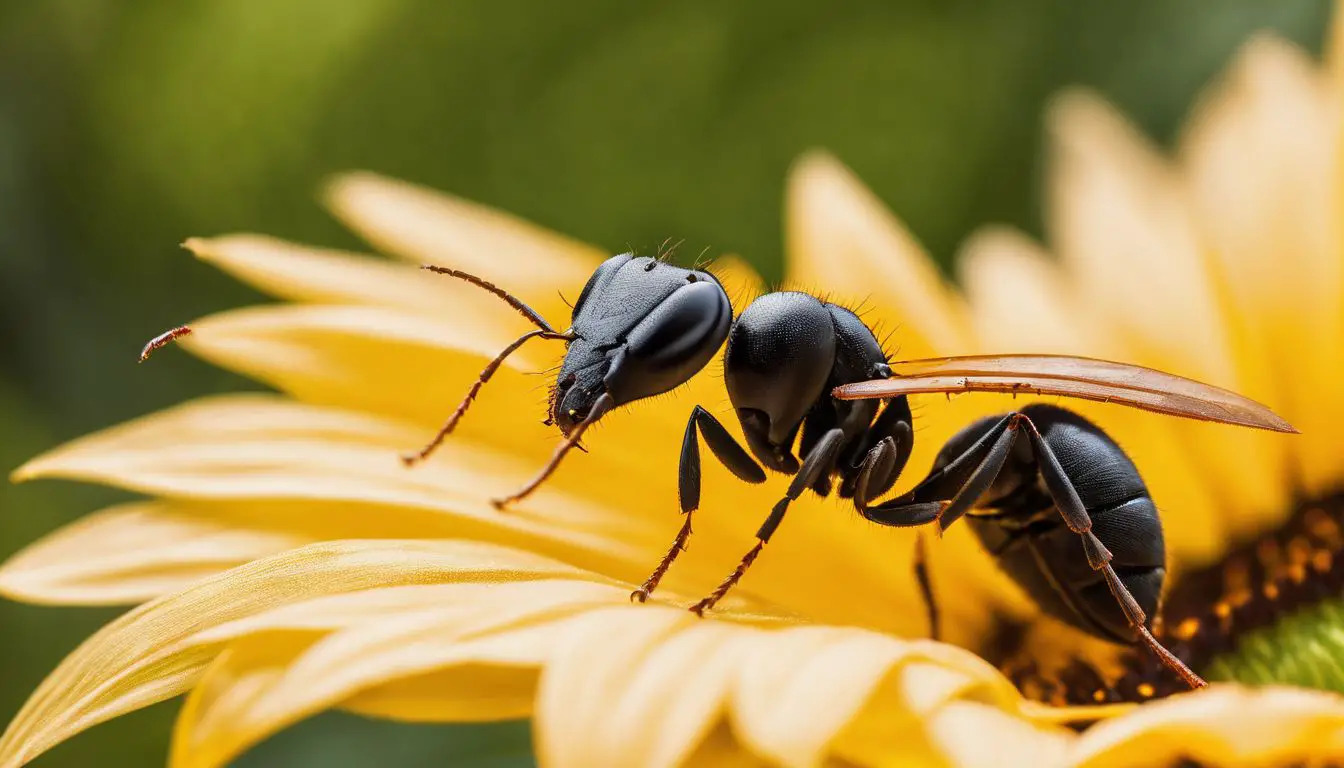Home>Types of Gardening>Edible Gardening>What Is Eating My Zinnia Seedlings
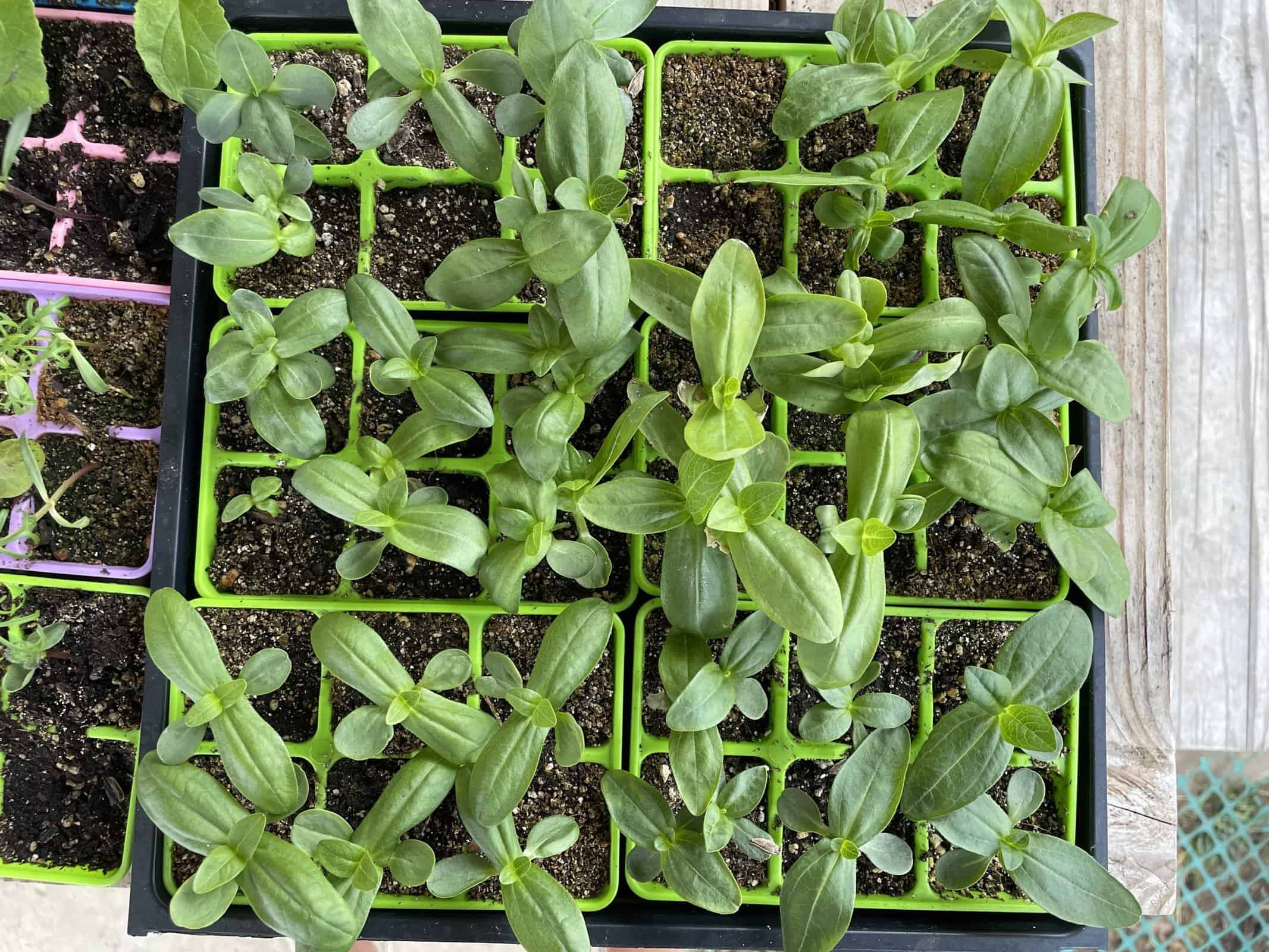

Edible Gardening
What Is Eating My Zinnia Seedlings
Published: January 3, 2024
Learn about edible gardening and find out what may be eating your zinnia seedlings. Discover tips and solutions to protect your plants from pests and promote healthy growth.
(Many of the links in this article redirect to a specific reviewed product. Your purchase of these products through affiliate links helps to generate commission for Chicagolandgardening.com, at no extra cost. Learn more)
Table of Contents
Introduction
Welcome to the wonderful world of edible gardening! Whether you have a sprawling backyard or a small balcony, growing your own food is a rewarding and fulfilling experience. One of the joys of edible gardening is watching your plants grow from tiny seedlings to bountiful harvests. However, sometimes those tender seedlings can be under attack from pests and diseases, leaving you scratching your head and wondering, “What is eating my zinnia seedlings?”
Zinnias are popular annual flowers that add vibrant color to any garden or container. They are also tasty treats for a variety of insects, animals, and even fungal diseases. Identifying the culprit behind the damage is the first step towards protecting your zinnia seedlings and ensuring a successful harvest.
In this article, we will explore some of the common pests and diseases that can plague zinnia seedlings. We will also discuss effective prevention and control methods to help you safeguard your plants and maximize your edible gardening experience.
So, let’s roll up our sleeves, put on our gardening gloves, and delve into the world of zinnia seedlings and the creatures that may be enjoying them a little too much!
Identifying the Culprit
When you notice that your zinnia seedlings are being eaten or damaged, it’s essential to identify the culprit responsible for the attack. By identifying the pest or disease, you can tailor your prevention and control methods more effectively. Here are some common culprits that may be feasting on your zinnia seedlings:
- Insects: Many insects find zinnia seedlings irresistible. Some common pests include aphids, caterpillars, slugs, and snails. Aphids are tiny, pear-shaped insects that feed on plant sap, causing deformities and stunted growth. Caterpillars, such as armyworms or cabbage loopers, consume the leaves of zinnia seedlings. Slugs and snails leave behind slimy trails and can devour entire seedlings overnight.
- Animals: It’s not just insects that pose a threat to zinnia seedlings. Small mammals like rabbits, squirrels, and deer can nibble on the tender leaves and shoots. Keep an eye out for tracks or evidence of browsing to determine if animals are the culprits.
- Fungal Diseases: Zinnias can also fall victim to fungal diseases, which can cause wilting, rotting, and discoloration of the leaves. Common fungal diseases that affect zinnia seedlings include powdery mildew, downy mildew, and damping-off. These diseases thrive in moist and humid conditions.
To identify the culprit, inspect your zinnia seedlings regularly. Look for signs of chewing or skeletonized leaves, slime trails, or chewed stems. You may also notice discoloration or fuzzy growth on the leaves if fungal diseases are present. Identifying the culprit will help you develop an appropriate plan of action to protect your precious zinnia seedlings.
Now that we have identified some potential culprits, let’s move on to the next section, where we will explore common pests and diseases that affect zinnia seedlings and discuss prevention and control methods.
Common Pests and Diseases
Zinnia seedlings can fall victim to a variety of pests and diseases. Understanding these common adversaries will help you take effective measures to protect your plants and promote their healthy growth. Here are some of the most common pests and diseases that can affect your zinnia seedlings:
- Aphids: These small insects suck the sap from the leaves, causing them to curl, yellow, and distort. Aphids reproduce rapidly and can quickly infest your zinnia seedlings.
- Caterpillars: Caterpillars, such as cabbage loopers or armyworms, are voracious eaters and can quickly defoliate your zinnia seedlings. Look for chewed leaves and frass (caterpillar droppings) as signs of their presence.
- Slugs and Snails: These slimy creatures may eat holes in the leaves or chew the seedlings’ stems during the night. Look for their telltale slime trails to confirm their presence.
- Deer and Small Mammals: If you notice chewed leaves and stems that are higher off the ground, it could indicate the presence of rabbits, squirrels, or deer. Erecting a physical barrier or using repellents can deter them from feasting on your zinnia seedlings.
- Powdery Mildew: Powdery mildew is a fungal disease that appears as a white, powdery coating on the leaves. It thrives in warm and humid conditions, often affecting zinnia seedlings in late summer.
- Downy Mildew: Similar to powdery mildew, downy mildew is a fungal disease that causes yellowing, wilting, and fuzzy growth on the undersides of leaves. It spreads rapidly in cool and moist conditions.
- Damping-off: Damping-off is a common fungal disease that affects zinnia seedlings at the early stages of growth. It causes the seedlings to rot at the base, leading to wilting and death. Overwatering and poor drainage contribute to its development.
Identifying the specific pest or disease affecting your zinnia seedlings is crucial for implementing targeted prevention and control methods. Monitoring your plants regularly and taking prompt action will help you mitigate the damage and protect your zinnia seedlings from further harm.
In the next section, we will discuss effective prevention and control methods to keep these pests and diseases at bay and ensure the health and vitality of your zinnia seedlings.
Prevention and Control Methods
Protecting your zinnia seedlings from pests and diseases requires a combination of preventive measures and targeted control methods. By following these tips, you can minimize the risk of infestation and promote the health of your zinnia seedlings:
- Keep your garden clean: Remove any plant debris, fallen leaves, or weeds from your garden as they can harbor pests and diseases.
- Monitor regularly: Regularly inspect your zinnia seedlings for signs of pests, diseases, or any unusual growth. Early detection can prevent the spread of infestations.
- Encourage beneficial insects: Introduce or attract beneficial insects, such as ladybugs and lacewings, to your garden. These insects feed on pests like aphids and caterpillars, helping to naturally control their populations.
- Practice crop rotation: Rotate the location of your zinnia seedlings each year to prevent the buildup of pests and diseases in the soil.
- Use organic pesticides: If pests become a significant issue, consider using organic pesticides as a last resort. Look for products that are specifically formulated for the pests you’re dealing with and follow the instructions carefully.
- Implement physical barriers: Protect your zinnia seedlings from animals by installing fencing or using netting to create a barrier around the plants.
- Provide proper watering: Avoid overwatering, as excessive moisture can lead to fungal diseases like powdery mildew and damping-off. Water at the base of the plants and ensure good drainage.
- Practice good sanitation: Clean and disinfect your gardening tools regularly to prevent the spread of diseases from one plant to another.
By implementing these prevention and control methods, you can create a healthy environment for your zinnia seedlings to thrive. Remember to stay vigilant and take action at the first sign of trouble to keep pests and diseases at bay.
As we reach the end of our article, we hope that the information provided has shed light on the common pests and diseases that can affect zinnia seedlings, as well as the prevention and control methods at your disposal. By applying these strategies, you can enjoy a vibrant and fruitful edible gardening experience with your zinnias.
Conclusion
Congratulations on becoming well-versed in the world of edible gardening and the challenges that come with it, such as protecting your zinnia seedlings from pests and diseases. By identifying the culprits and familiarizing yourself with common pests like aphids, caterpillars, and slugs, as well as potential diseases like powdery mildew and damping-off, you are now equipped with the knowledge to take action.
Prevention and control methods such as maintaining a clean garden, monitoring regularly, encouraging beneficial insects, and practicing good sanitation will help you create a robust defense against pests and diseases. Additionally, implementing physical barriers, using organic pesticides responsibly, and providing proper watering and drainage will contribute to the overall health and vitality of your zinnia seedlings.
Remember, gardening is a continuous learning experience. Stay observant and adaptable, as each garden and season can bring new challenges. By developing a proactive approach and staying attuned to the needs of your zinnia seedlings, you can ensure their growth and success.
So put on your gardening gloves, grab your trowel, and let your love for edible gardening shine through as you nurture and safeguard your zinnia seedlings. May your garden be filled with bountiful blooms and the joy of homegrown goodness!
